Celastrus orbiculatus
A highly invasive alien vine easily recognized by leaf shape and berries
Celastrus orbiculatus Oriental bittersweet
This alien species has become quite invasive and is more recognized by its leaves and vine-like nature than by its rather obscure flowers. It is a member of the bittersweet family. The plant is native to China, Korea, and Japan. It was introduced to North America in 1879 as an ornamental and to control erosion.
The major characteristic of this species is its vines. They are thin, spindly and have silver to reddish-brown bark. Vine diameter can be between 0.4 and 1.6 inches. If undisturbed, though, vines can develop growth rings and be up to 4 inches thick. When the plant grows alone it forms a thicket. When it is near trees it will twist around the trunk as high as 40 feet and can break branches or even strangle the host tree to death.
The leaves are round and glossy 1-5 inches long with toothed edges. They are alternate on the stems. Small green or greenish-white flowers occur in the leave axils along the stem. These bloom in May and June. Later the plant produces distinctive red seeds encased in yellow pods that break open in the fall. All parts of the plant are poisonous.
Oriental bittersweet is a strong competitor in its environment. It spreads rapidly as birds and mammals will consume the fruit and distribute the seeds. They seem immune to the toxins. The plant can grow in a variety of environments but seems most common on forest edges where it can suppress native trees, shrubs and herbaceous plants. It is also common in disturbed or abandoned sites. The plant seems to require significant amounts of phosphorus from the soil but forms a symbiotic relationship with a soil fungus to obtain that mineral. It makes the soil more alkaline as it grows, another factor that allows it to dominate native species.
Oriental bittersweet is not easy to eliminate. If found, it is best to cut its stems at their base and spray herbicides, specifically triclopyr on that stem and any remaining leaves. Spraying is best done in the fall to avoid harming other species. Even these methods are only partially effective and may have to be repeated each year.
The U.S.D.A has documented this species throughout the eastern half of North America and in several counties in southern Pennsylvania. These include Washington, Allegheny, Fayette and Bedford. It is likely, though that it has spread to other areas by now. It is classified as a noxious weed and invasive species in much of New England as well as in North Carolina. It is also called the Chinese, Asian or round-leaf bittersweet.
There is a native version of this species, the American bittersweet. It has leaves that are more pointed than the Oriental bittersweet and the flowers emerge from the ends of the stem instead of along the stem. The American and Oriental bittersweet will hybridize.
Habitat & Range
Naturalized in disturbed woods, wood edges, and fields.
Present in central and southern parts of the state.
| EMP: | FACU |
|---|---|
| NCNE: | FACU |
Phenology
Flowers May to June.
Fruits September to November.
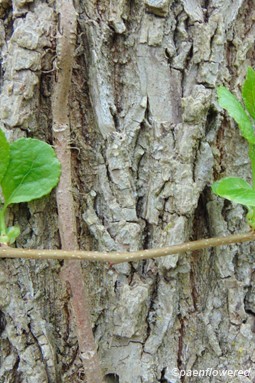
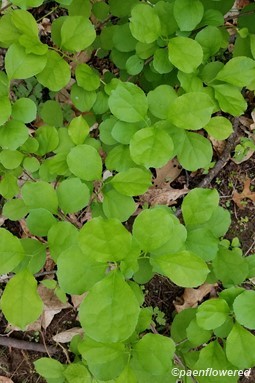
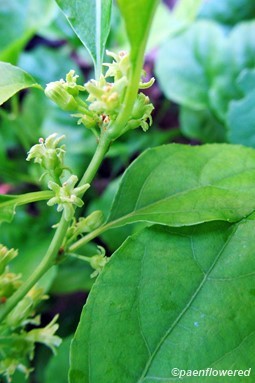



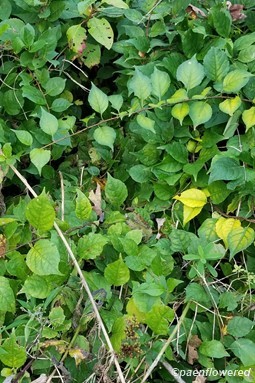
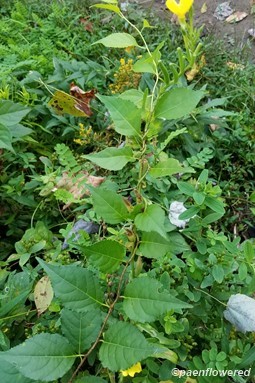
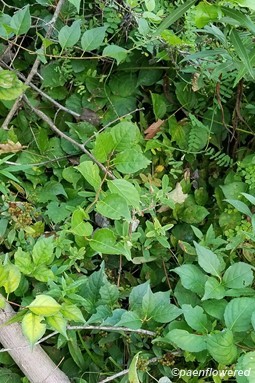


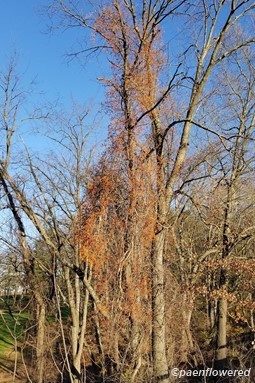
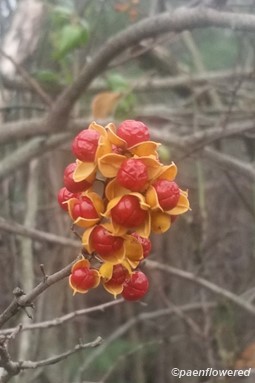


Comments
Have you spotted this plant in your area? We'd love to hear about your experience! Share your comments or questions about the plant below. Comments are moderated before posting.